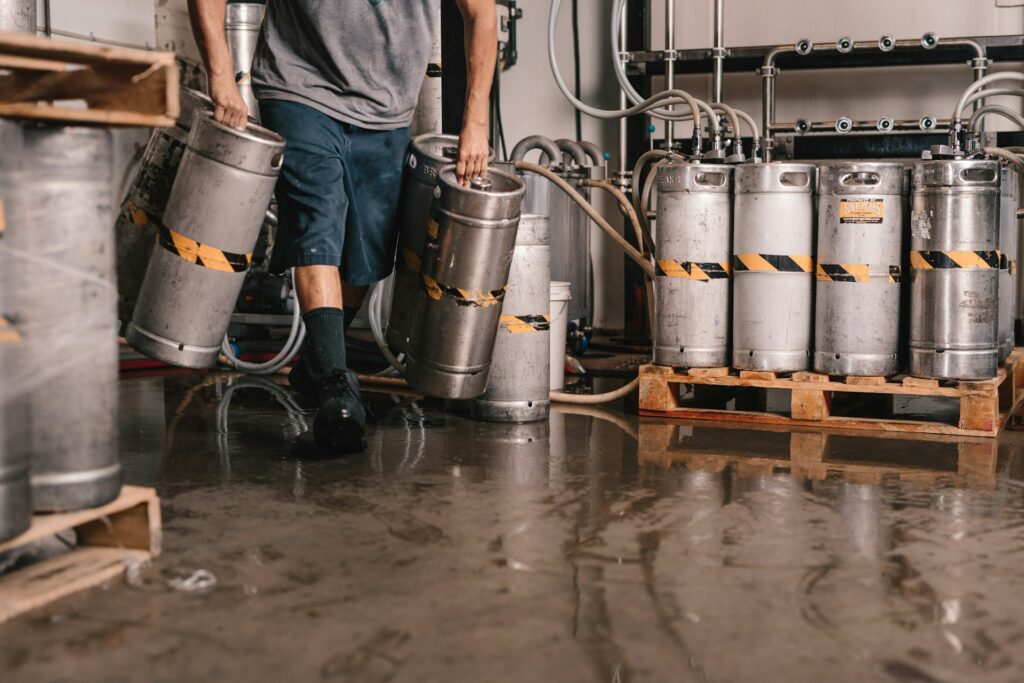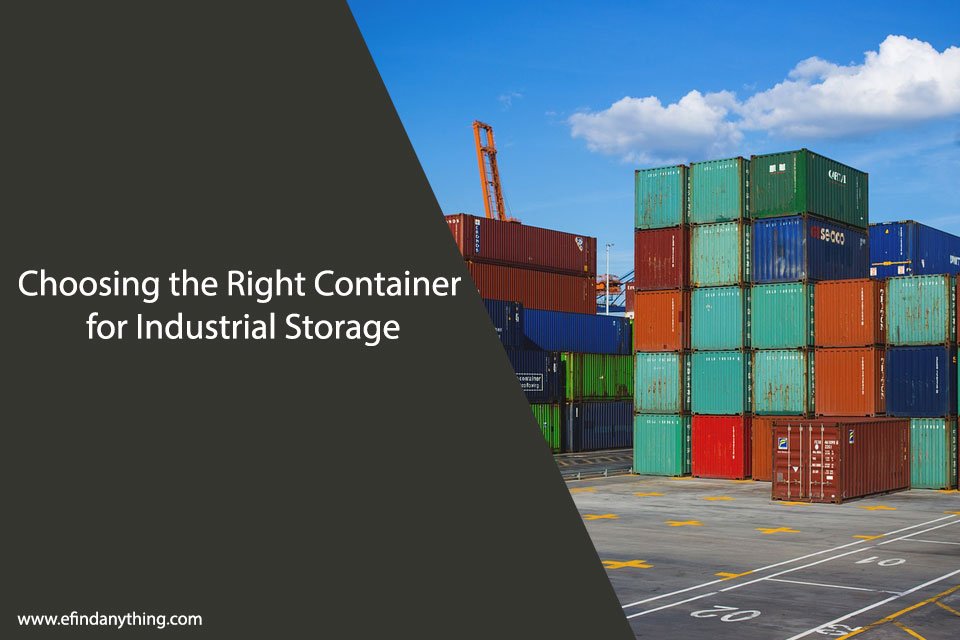
The transportation and storage industries are experiencing rapid transformation as they adopt innovative solutions featuring carbon dioxide (CO2). Once perceived mainly as a waste product, CO2 is now a vital player in modern logistics. From food preservation and pharmaceutical shipping to hazardous material handling, the versatile properties of CO2 have unlocked new approaches to keeping products fresh, safe, and well-managed during transit and storage.
This article highlights the evolving role of CO2, with a special focus on cryogenic techniques and dry ice applications that are shaping how companies keep their goods in optimal condition.
The Science Behind CO2 in Logistics
Why CO2?
CO2 is naturally colorless, odorless, and non-flammable, and it can easily transition between gas, liquid, and solid phases. These characteristics make it ideal for specialty logistics, offering unique advantages such as precise temperature control and non-toxic preservation.
Cryogenic Cooling for Transit
Cryogenic techniques involve extremely low temperatures and are at the forefront of CO2 applications in transportation. When converted to solid or liquid form, CO2 absorbs significant amounts of heat energy as it reverts to a gas, making it an efficient coolant when fresh or perishable products need to be transported over long distances.
Example:
The pharmaceutical industry uses CO2 cryogenic cooling to transport temperature-sensitive medications and vaccines. Ensuring tightly controlled temperatures prevents spoilage and maintains product efficacy, especially in global supply chains.
Carbon Dioxide for Atmosphere Control
Apart from providing cold, CO2 is used to manipulate storage environments. By filling storage units with CO2-heavy atmospheres, spoilage and microbial growth are reduced. This is common in fresh produce logistics where maintaining product quality en route is essential.
Example:
Modified atmosphere storage for fruits and vegetables often employs CO2 to slow the ripening process, extending shelf life and reducing food waste during distribution.
Dry Ice as a Cooling and Cleaning Agent
The Role of Dry Ice in Cold Chain Storage
One of the most familiar uses of CO2 in logistics is dry ice, the solid form of carbon dioxide at -78.5°C. Dry ice doesn’t melt; it sublimates directly to gas, allowing it to keep products cold without leaving liquid residue. This is especially important for cold chain logistics in food, medical, and research sectors.
Example:
Specialty seafood exporters use dry ice to ship products globally, ensuring freshness over days-long journeys and minimizing the risk of contamination that residual water from melting ice might cause.
Bulk dry ice for Industrial Scale
For larger-scale applications, businesses turn to bulk dry ice as a powerful logistics tool. Bulk dry ice allows for the transportation of entire pallets or even truckloads of temperature-sensitive goods with consistent cooling. Its non-corrosive and food-safe properties make it ideal for both storage and transit.
The versatility extends beyond cooling. Dry ice is used in dry ice blasting, a cleaning process where CO2 pellets are accelerated in a pressurized airstream, removing contaminants from sensitive equipment without damaging surfaces or generating secondary waste.
Emerging Trends in CO2-Driven Transportation
Sustainable Shipping Practices
Many organizations are seeking alternatives to traditional refrigerants, which often have higher environmental impacts. CO2-based solutions are proving to be greener, as CO2 does not deplete ozone and is often recaptured from existing industrial processes. Reducing reliance on high Global Warming Potential (GWP) refrigerants supports sustainability efforts in warehousing and logistics.
CO2-Powered Transport Refrigeration Units
Refrigerated trucks and containers increasingly employ CO2 as a natural refrigerant. Known as R-744 in industry terms, CO2 is being used to replace synthetic refrigerants in mobile units. These installations deliver precise temperatures for everything from pharmaceuticals to fine chocolate, with improved efficiency and fewer emissions compared to legacy systems.
CO2 for Hazardous Material Storage
CO2’s inertness is an asset for storing and transporting flammable or reactive goods. Flooding storage chambers with CO2 inhibits combustion, making it safer to transport potentially hazardous materials. Industries dealing with aerosols, flammable solvents, and pyrotechnics utilize CO2-based fire suppression and inerting techniques within logistics networks.
Challenges and Safety Considerations
Despite its many advantages, the use of CO2 in logistics comes with challenges:
- Safe Handling: Stored CO2 is under high pressure or extremely cold, calling for stringent safety procedures.
- Regulatory Compliance: Different countries have policies governing CO2 applications, especially in food and medical shipments.
- Specialized Equipment Needs: Moving dry ice or cryogenic CO2 requires robust containers and ongoing monitoring.
Nonetheless, these challenges are being met with innovative design and better education for logistics professionals.
Looking Ahead in CO2 Innovation
The humble carbon dioxide molecule is powering the next generation of logistics innovation. With environmental and operational pressures driving change, CO2-based solutions are now core to modern transportation and storage. From temperature-controlled trucking to large-scale storage fleets, industries are investing in CO2 as a technology that preserves products’ quality while moving sustainability goals forward.
Continued research and the rapid development of new CO2-cooling, storage, and cleaning processes suggest that its role in global logistics will only grow. Companies leveraging these approaches are finding better operational consistency, cost savings, and environmental stewardship.











